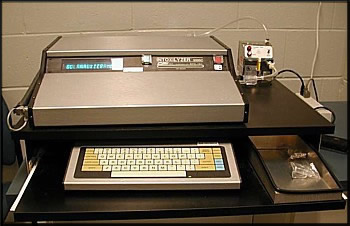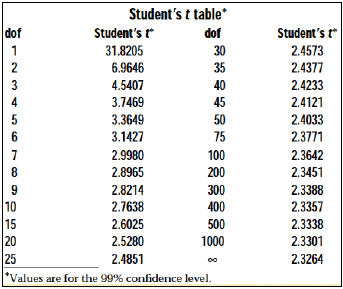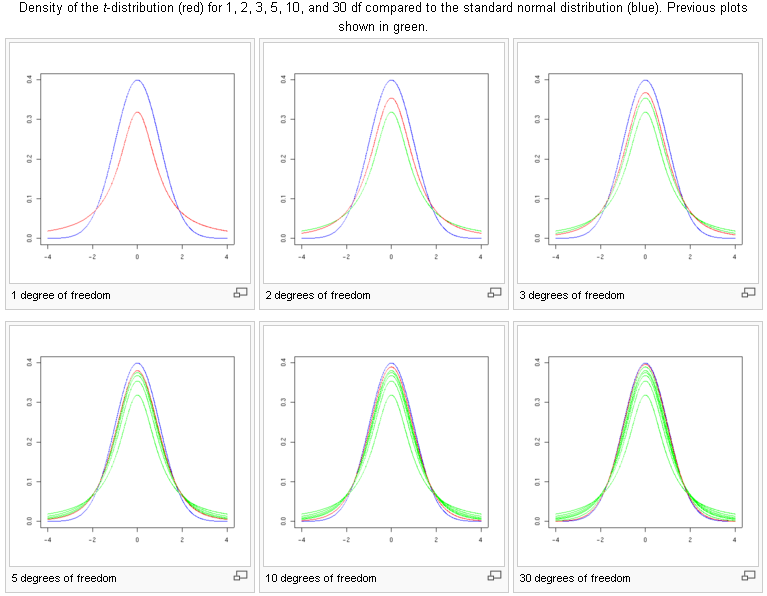Can someone honestly answer why there is still Breath testing for EtOH in America?

Disclosure: As I have posted before, when people speak of Evidentiary Breath Testing (EBT) as a means of measuring Blood Alcohol Content (BAC), I shut off. My personal opinion is that:
1. The Paradigm Shift as Dr. Michael Hlastala writes is true;
2. The end-expired breath method myth that the Government says is based upon Henry’s Law is not true. It is best described by Boyle’s Law and Fick’s Law of Diffusion;
3. If it were based upon Henry’s Law every matter of it is violated (The lungs and human breathing is not a closed system. The pressure, the flow, and the temperature of breath does not remain constant meaning static);
4. In spectrophotometer use, samples containing mixtures are notoriously difficult to identify uniquely and then quantify that correctly. As there is no means of real preparative chromatography in EBT to uniquely separate the non-colloidal mixture that is human breath as human breath is anything other than a colloidal mix, then special skill and care is required t even attempt to do it (in fact, most spectroscopists would tell you not to do it at all);
5. It is an indirect measure;
6. The software has not been validated per ISO 9126;
7. There are insufficient forensic safeguards to prevent against false positives (e.g., RMA and the slope detector);
8. There is poor training of the button pushers as to issue spot medical preconditions against it being a useful measure at all;
9. There is no method of retesting (excepting in NH where I am given to understand that retest by GC analysis of the toxitrap results on occasion come in under the reported BrAC measure);
10. Generally, the optical bench is of insufficient length to allow for specificity of the type that is reported by the machine itself;
11. The idea of a static partition ratio it is wrong even if you believe in Henry’s Law is applicable to the lung parenchyma; and
12. The specific nanometers examined in the spectra are not unique to ethanol.
The list goes on, but I suspect that I am speaking to the choir. It is at most a screening device. I personally think it is not even a useful as a screening device.

Here is another series of questions that I have been pondering for quite some time and have been very reserved in asking in that it may expose my limited knowledge as to BrAC measurements. I am willing to suspend my disbelief (for a period of time) and put aside all of the above, I have a series of questions about the scientific rationale (note, I did not say political or economic rationale) for sample acceptance and the sampling schema inherent in BrAC as practiced today in America. Here are my questions (if you have a moment, I suggest when answering them, please consider referring to their numbers below so that we can keep specific and on track):
1. Some states are single sample states (IA, HI, OH come to mind) where there is simply one test that is performed on the accused. This one sample and this one sample alone makes up the entirety of the test as far as data given by the accused. I cannot imagine anyone thinking that this is sufficient scientifically.
1.1 Does anyone disagree and believe that such a method is in keeping with modern day principles of science?
1.2 If you do, then I would like to hear from you (even if you are playing the position of devil’s advocate). What do people say in rebuttal who believe that it is sufficient?
2. As I am given to understand, in states that perform replicate testing where two separate breath samples (blows) equals one test. There is a precision (calibration) quality measure in that the two samples within that one test must have an agreement among the two samples not to exceed 0.02 (except for OK which I am given to understand is 0.03 agreement)
2.1 What is the scientific rationalization and the data for this 0.02 agreement principle? It seems to me to be arbitrary. If it were not so, then it would be a percentage agreement, would it not? Certainly if the 0.02 was a data driven decision as opposed to an arbitrary edict, it would be only at a certain level, right and not across the entire linear dynamic range, right?
2.2 Why is it that a schema where there are only two replicate samples deemed to be scientifically sufficient? I mean, I am used to more scientific manner of judging the risk of being incorrect. Based upon degrees of freedom and student’s t. Statistics. One measure is certainly horrible per student’s t and two is nearly as bad. We see a remarkable shift at or around 5 (see the below charts). Hence, in calibration, the 5×5 method (five separate measures over and at five different concentration levels). So, why am I wrong in that the two replicate sample method is also not in keeping with modern scientific principles?
2.3 So why aren’t these machines that take replicate measures designed to make duplicate measures of these replicates? At least you would get to four. It just seems to be simple to me. (I think to GC as my frame of reference where the best testing performed are on true duplicates from aliquots of homogenized samples on split dual column. You get four chromatograms from the two samples.)
 Degrees of Freedom and Student’s t
Degrees of Freedom and Student’s t

For more on “degrees of freedom:” http://en.wikipedia.org/wiki/Degrees_of_freedom_%28statistics%29
For more on “student’s t distribution:” http://en.wikipedia.org/wiki/Student%27s_t_distribution


